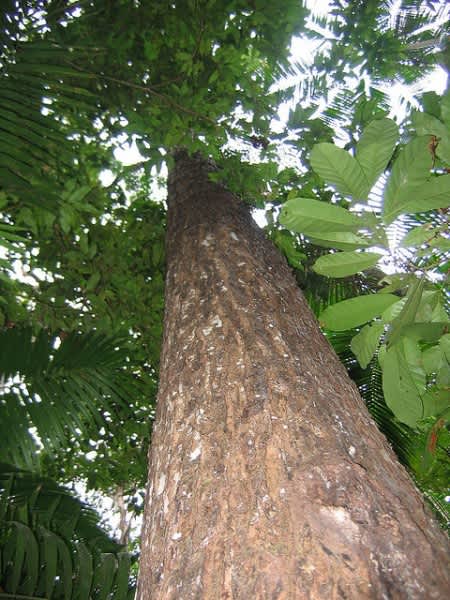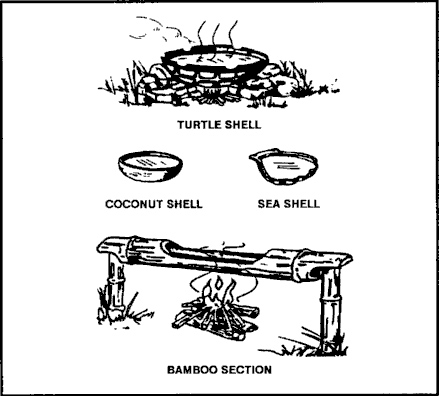How To Turn Animals and Plants Into Survival Tools
Survive The Outdoors 10.12.11

In an extreme survival situation in which you’ve lost your tools or were unprepared in the first place, you can use natural material such as animal skins and plants for insulation, protection and tools.
Clothing/Insulation
Animal Skin: The selection of animal skins in a survival situation will most often be limited to what you manage to trap or hunt. However, if there is an abundance of wildlife, select the hides of larger animals with heavier coats and large fat content. Do not use the skins of infected or diseased animals if at all possible. Since they live in the wild, animals are carriers of pests such as ticks, lice, and fleas. Because of these pests, use water to thoroughly clean any skin obtained from any animal. If water is not available, at least shake out the skin thoroughly. As with rawhide, lay out the skin, and remove all fat and meat. Dry the skin completely. Use the hind quarter joint areas to make shoes and mittens or socks. Wear the hide with the fur to the inside for its insulating factor.
Plants: Several plants are sources of insulation from cold. Cattail is a marshland plant found along lakes, ponds, and the backwaters of rivers. The fuzz on the tops of the stalks forms dead air spaces and makes a good down-like insulation when placed between two pieces of material. Milkweed has pollenlike seeds that act as good insulation. The husk fibers from coconuts are very good for weaving ropes and, when dried, make excellent tinder and insulation.
Cooking/Eating
Bowls: Use wood, bone, horn, bark, bamboo or other similar material to make bowls to eat out of. Hang the wooden container over the fire and add hot rocks to the water and food. Remove the rocks as they cool and add more hot rocks until your food is cooked.
If you’re going to use these bowls to cook in, remember, these containers will burn above the waterline unless you keep them moist or keep the fire low. A section of bamboo works very well, if you cut out a section between two sealed joints, but take caution. A sealed section of bamboo will explode if heated because of air and water trapped in the section.
Utensils: Carve forks, knives, and spoons from nonresinous woods so that you do not get a wood resin aftertaste or do not taint the food. Nonresinous trees do not secrete resin on the bark, or when cut, which protects them from fungal infections or insects. Nonresinous woods include oak, birch, and other hardwood trees.
Pots: You can make pots from turtle shells or wood. As described with bowls, using hot rocks in a hollowed out piece of wood is very effective. Bamboo is the best wood for making cooking containers. To use turtle shells, first scrape out the last bits of meat from the inside and thoroughly boil the upper portion of the shell. Then use it to heat food and water over a flame.
Water Bottles: Make water bottles from the stomachs of larger animals. Thoroughly flush the stomach out with water, then tie off the bottom. Leave the top open, with some means of fastening it closed.


